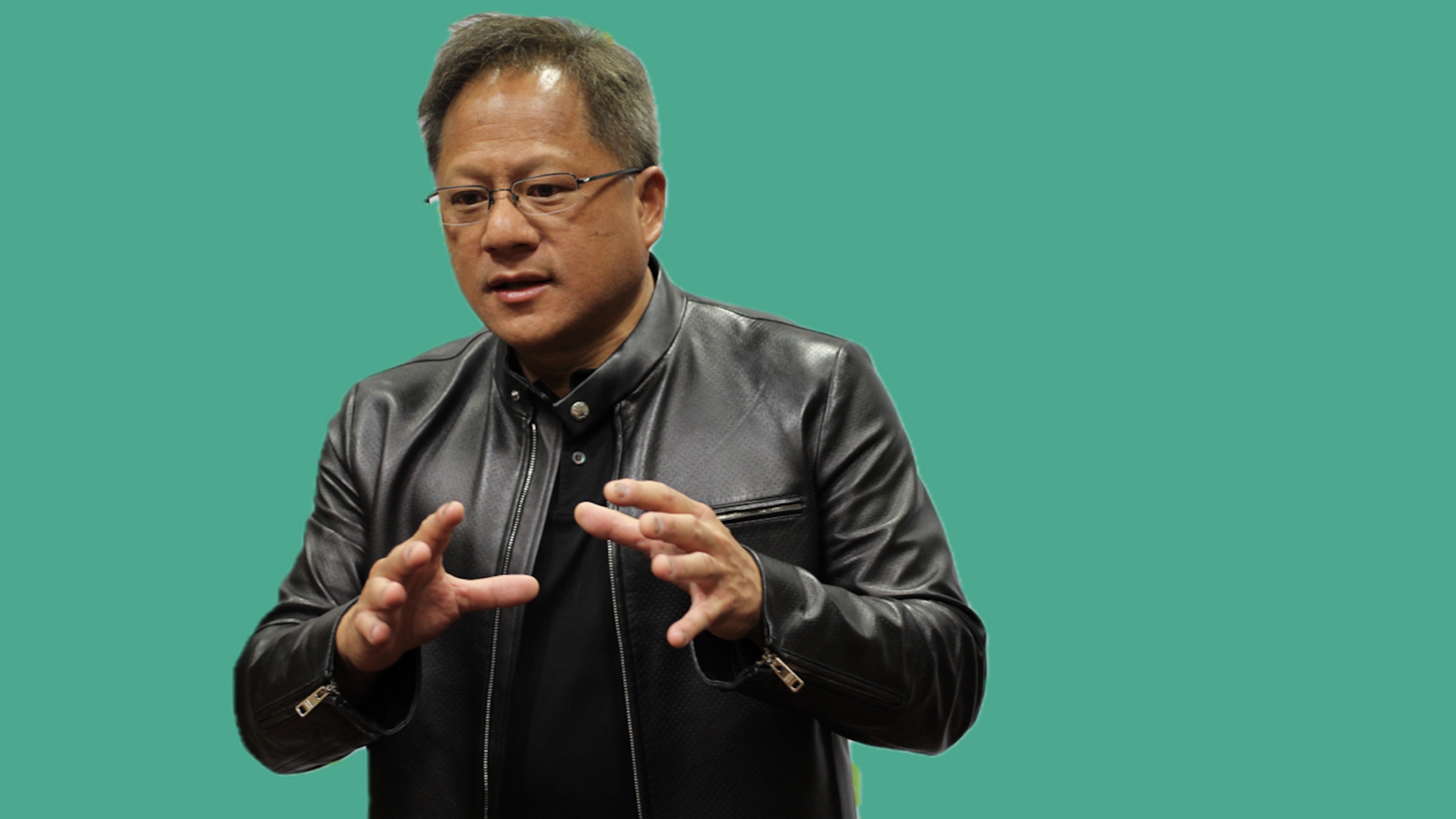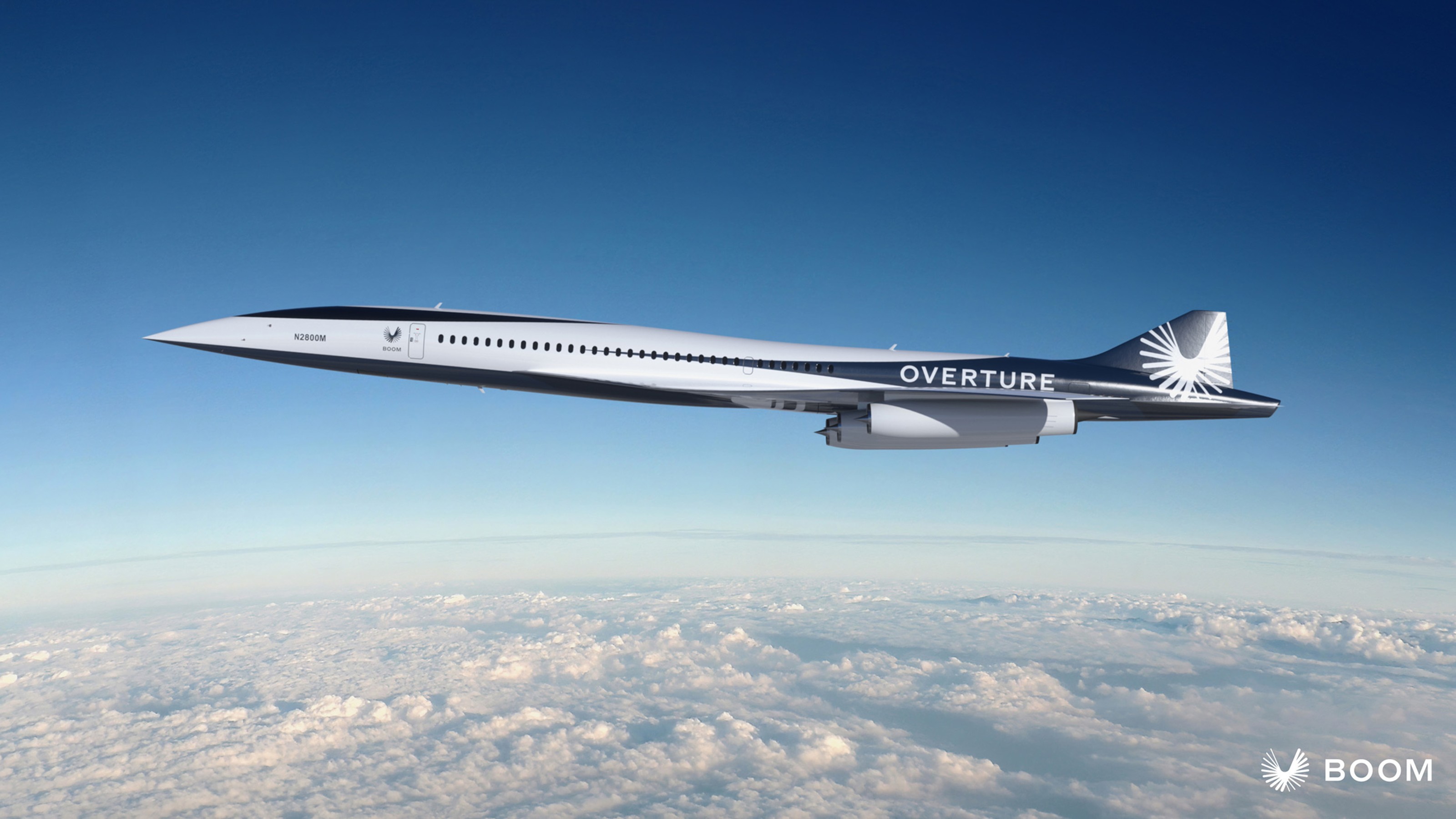Dr. Neale Martin is an expert in consumer behavior, customer satisfaction, and bridging the gap between new technologies and markets. As a consultant and executive educator, he has spent the[…]
Sign up for the Smarter Faster newsletter
A weekly newsletter featuring the biggest ideas from the smartest people
Neal Martin says we can’t really use MRI’s for marketing yet.
Martin: There are a lot of people out there right now that are talking about things like neuromarketing, neuroeconomics and they are based on this idea that now that we can sort of peek inside of a working brain, that, you know, we can be much more precise in how we do things, but, unfortunately, a lot of that is the science isn’t there yet. I mean, using a functional Magnetic Resonance Imaging device to, you know, figure out what’s the best color to make your product. You know, strap a guy in an fMRI and then run him through this thing and then, hey, I’ll have the best, you know, branding stuff for you… is silly. And the reason why is because, you know, the machine, your brain doesn’t work that way. The machine is looking at blood flow which takes seconds to occur. The brain is working in hundredths of seconds, so you’re seeing stuff long after whatever the thought is and then we’ll do a lot of reverse influence to try to figure it out, but and we’re kind of like, you know, Galileo having the first telescope. And we [are worse], yeah, we can see the rings of Saturn but we can’t still see distant galaxies, and we’re just beginning to sort of see this. And so, my approach to this has been that there is a lot we can do with the information we have now as opposed to the information we might wish we had, and this is a very different kind of a framework. So, there are some companies, there’s… I know Zaltman is doing this with deep metaphors. There’s other companies that are using, you know, some of the technologies, you know. I mean, we’ve done everything from galvanic skin response to, you know, EKGs or EEGs and, you know… To me, I think that what’s [neat] is that we can actually look at this the exact opposite which is this simplifies things. I know that it really is about how many times a customer does something. I know that that the way habit forms is that there are strengthening of neural connections in the brain, specific parts of the brain, I know how that works, I know that process now. And so, a large part of that, I mean I, I mean, we know how that works, and what’s really [neat] about that is that for so many companies now, and just a quick anecdote, I helped Sprint and Samsung developed a new Instinct phone, so the Instinct phone was built based on this framework. So, the whole idea behind this is how do you make something habit forming. So, I thought about this kind of in two very basic ways. One is habit-forming things, so like there is, you know, GPS on this phone, but most of the time you know where you’re going, so most of the time, you wouldn’t be checking the GPS. So, I’m trying to get people to use it habitually versus using, you know, Google Maps or using maybe their Garmin or, you know, the system in their car. I want them using the phones. So, there are certain things that I put in the phone, that I had them put in the phone that were you’d use all the time. So, one of the things I did was to put traffic on there, so that when you go to the maps, you have a button you hit and gives you traffic, because the idea is I live in Atlanta, so anybody who’s in, you know, in high commute city, every time you get in the car you check traffic. And so, the idea was you’ll do that everyday that will become a habit. And so, everything about the phone was how were you going, you know, what will you do enough times to make it an automatic thing. The other part of it is to make decisions that are not habit breaking, so you don’t do something that’s going to take something from an unconscious process to a conscious process. So, you know, one of the things about the phone is you’ve got to get an unlimited data plan on it, and the reason why it’s not just because, you know, we want to extract more money, it’s the idea that it’s the opposite idea, which is we want you to use it without thinking about it. If you, in the back of your mind you think the meter is running, if I do this, it’s going to cost me more money, how much it’s going to cost me, then I can’t automate that because consciously I’m always going to be worried about it. If you ever got one of those [Shock] phone bills but I certainly have… I’m like, no, I didn’t budget $300 for a cellphone bill this month. And so, you know, the idea is that as soon as you have that happen, then that goes to conscious awareness, and my big message right now is that in a down economy, as we are facing a lot of challenges, a lot of decisions that used to be automatic aren’t anymore.
▸
4 min
—
with





